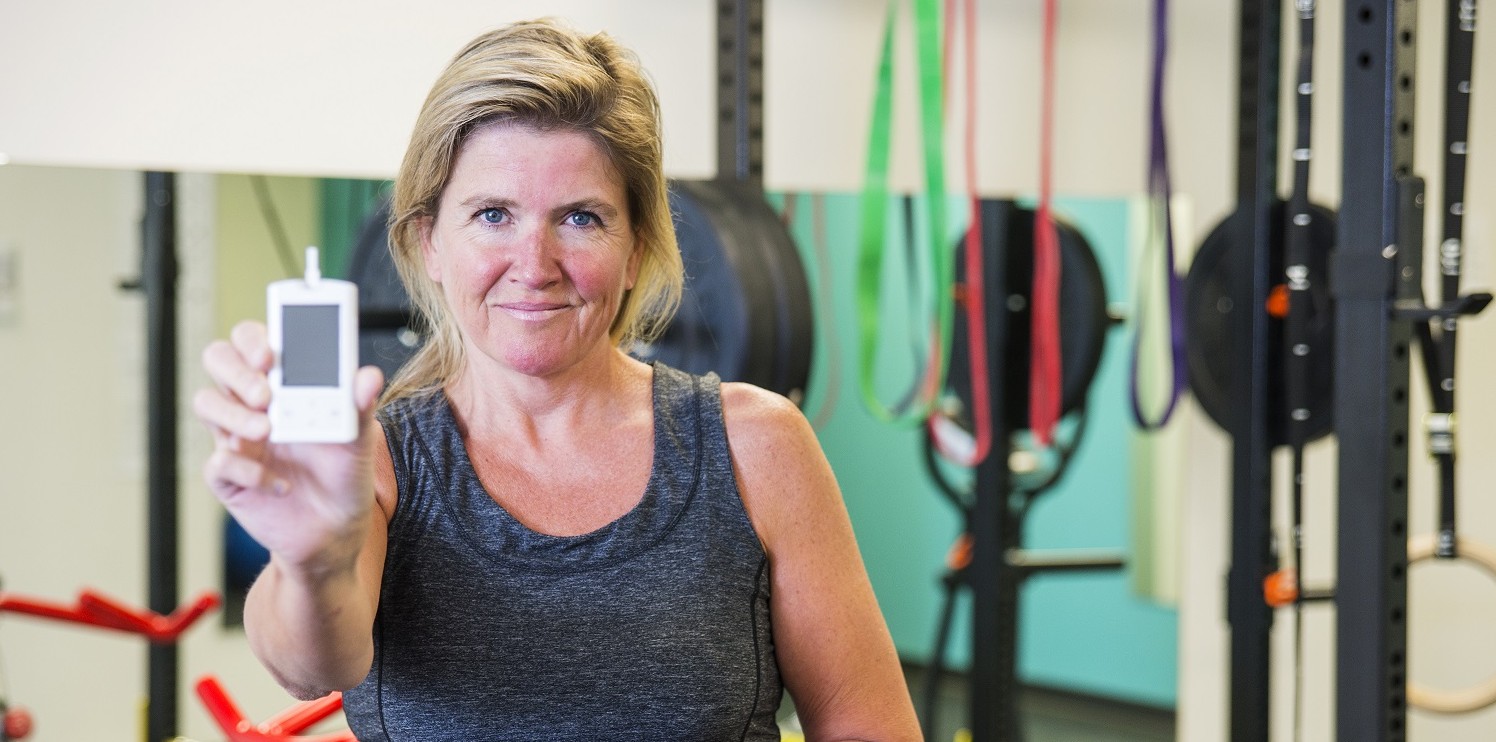For the last few years, there has been a lot of media attention surrounding the prevalence and impact of Type 2 Diabetes on both our personal health, and the healthcare system.
Currently, around 3.7 million people have Type 2 Diabetes and this figure is only set to rise and reach a startling 5 million by 2025 (www.diabetes.org.uk). It is estimated that direct treatment costs in managing this condition are currently costing the NHS £6 million annually, an amount which could actually pay for an extra 66,000 GPs.
Soooo, what is Type 2 Diabetes?
Our bodies produce a hormone called insulin. When we eat food, especially foods high in carbohydrates, glucose (sugar) is released into the bloodstream. It’s the job of insulin to enable the glucose to be absorbed for energy within our cells, however in Type 2 Diabetes, this mechanism doesn’t work correctly and glucose remains in the bloodstream. This is different to Type 1 Diabetes where Insulin is not produced at all.
What can I do to prevent it or if I have it, better manage it?
Diet
A balanced diet not only means a diet plentiful in vegetables, fruit and starchy foods but also controlling our portion sizes which need to be much smaller than we currently think! As a rough guide a portion of meat should only be the size of your fist and a portion of rice is about half the size of a small cup. This is all dependant on your weight and activity levels so if in doubt, speak to your GP or a Dietician.
Exercise
Whether you have type 2 Diabetes or are looking to prevent it, being physically active helps reduce our risk of developing Type 2 Diabetes by regulating your blood glucose levels. Undertaking exercise such as walking, going to the gym and swimming for example means that your muscles are using the glucose in your bloodstream and this makes the insulin in your body work better. If you have a chronic condition and are currently inactive, then check out our exercise referral service, the PARiS scheme which can offer help and advice on appropriate exercise.
Healthy weight and waist
Being overweight or having a high waist circumference can greatly increase your risk of developing Type 2 Diabetes. In terms of maintaining a healthy weight, most of us need to aim for a BMI 25 or less. Help on how to calculate this can be found on the NHS choices website. However, there is also more and more evidence emerging around the importance of a healthy “waist circumference” to prevent CVD and Type 2 Diabetes risk and its smaller than you’d think!
Females – 31.5 inches
Males – 37 inches (or 35 inches for South Asian males)
60% of cases of Type 2 Diabetes can be delayed or prevented by living a healthy lifestyle which includes eating a balanced diet, being active and staying within a healthy weight range and prevention is always better than cure where possible!
For more information on type 2 Diabetes, have a take a look at the Diabetes UK or NHS website and for more information on the PARiS scheme at Life Leisure please click here.

